This morning I got to try out the new Android app for SemiWiki, so this is something that you will benefit from as you’re on the go with an Android phone and want to stay up to date. It’s an intuitive app, so you’ll be up and running within minutes. My first step was to visit the Play Store, search for the app using “Semiwiki”,… Read More
 IEDM 2025 and the 100th Anniversary of the FETThe International Electron Devices Meeting (IEDM) is the…Read More
IEDM 2025 and the 100th Anniversary of the FETThe International Electron Devices Meeting (IEDM) is the…Read More Intel to Compete with Broadcom and Marvell in the Lucrative ASIC BusinessThe second chapter of our book “Fabless: The…Read More
Intel to Compete with Broadcom and Marvell in the Lucrative ASIC BusinessThe second chapter of our book “Fabless: The…Read More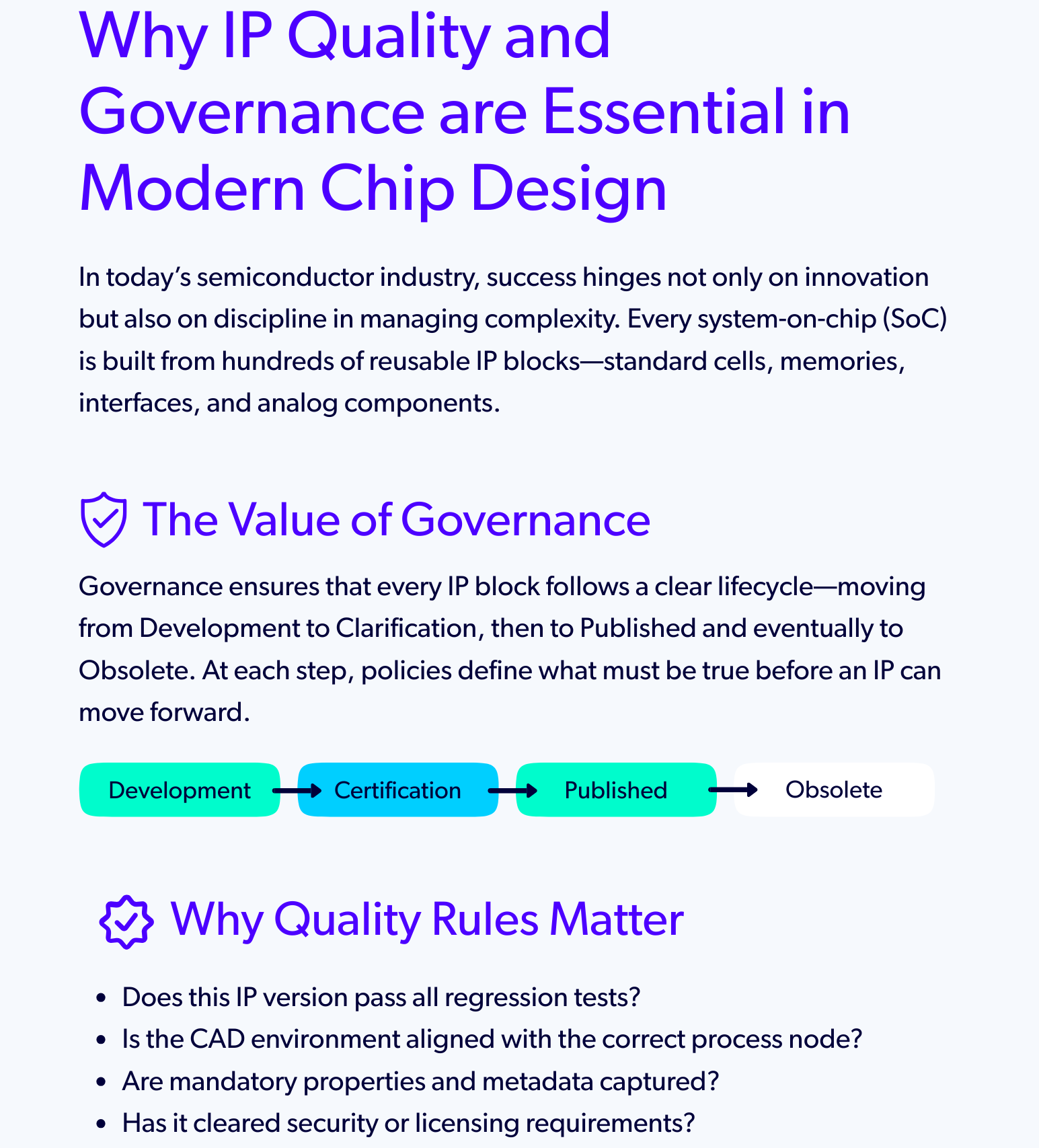 Why IP Quality and Governance Are Essential in Modern Chip DesignBy Kamal Khan In today’s semiconductor industry, success…Read More
Why IP Quality and Governance Are Essential in Modern Chip DesignBy Kamal Khan In today’s semiconductor industry, success…Read More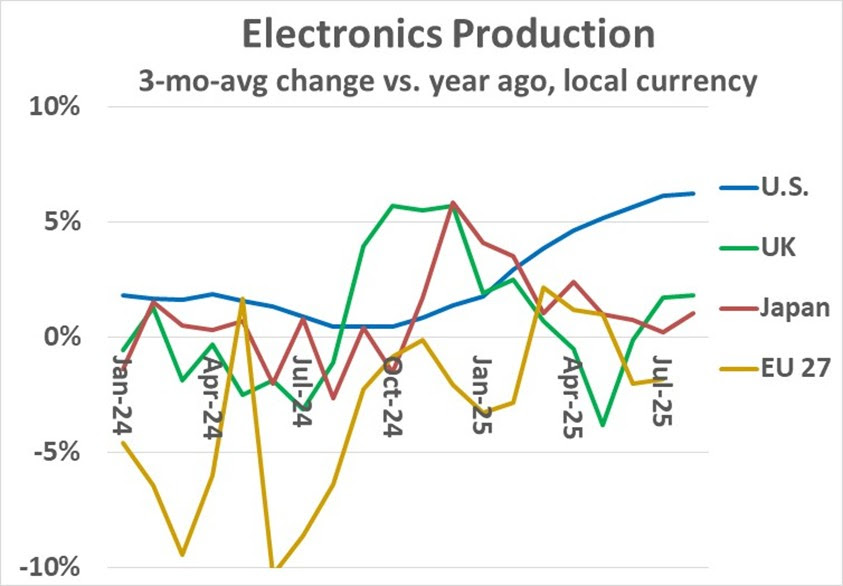 U.S. Electronics Production GrowingU.S. electronics production has been on an accelerating…Read More
U.S. Electronics Production GrowingU.S. electronics production has been on an accelerating…Read MoreSemiWiki Releases Mobile Apps!
In response to the growing mobile audience and increasing cost of data plans, SemiWiki has uploaded Android and Apple IOs applications. The SemiWiki mobile apps are available to you at no cost and are advertisement free. The Android app is available TODAY but the IOs app is still PENDING Apple approval (up to 60 days) versus Google… Read More
ARM, Intel, Apple: It’s Mobile Week
As Dan wrote here, we got invited by Intel to IDF and by ARM to a cheeky little party that they organized the day before. I asked ARM if they were announcing anything and they said basically that it would be foolish to make any announcement the week of their biggest competitors big show. Well, that wasn’t a rule that Apple felt like… Read More
Chip-Package-System Webinar
Aveek Sarkar presented a webinar on chip-package-system (CPS) earlier this summer. One of the big challenges with low-power electronic systems is that the performance, power and price goals are mutually conflicting. It’s like the old joke about “pick any 2”. But for a real system all need to be optimized. … Read More
Cadence September News: strong IP and VIP focus
There are three articles on the front page, in the September release of Cadence newsletter, all of them are dedicated to either IP (DDR4), VIP (NVM express VIP being used at Samsung) or Martin Lund. You can read Martin’s interview here and/or take a look at what I write about him this summer. This strong focus on IP, and in fact on Interface… Read More
A Brief History of GLOBALFOUNDRIES
In response to changing industry dynamics, AMD announced in October 2008 a new strategy to focus exclusively on the design phase of semiconductor product development. To achieve that strategy, AMD partnered with Advanced Technology Investment Company (ATIC) of Abu Dhabi to create a new joint venture company designed to become… Read More
Intel Finally Comes Clean on 22nm SoCs!
Ever since Intel announced that they will leverage their advanced process technology leadership into the mobile SoC market I have expressed my doubts. I know how Intel designs their microprocessors, having worked for many of their vendors over the years and having friends at Intel who are actually doing the work. Disclaimer: … Read More
Samsung Invests in Carbon
I’ve talked before about how venture capitalists will no longer invest in EDA companies since the prospect for a huge return just isn’t there any more. By big return I mean an acquisition at hundreds of millions of dollars, like SPC, CCR, Ambit, Cadmos, Simplex. But we all know that chips cannot be designed without software… Read More
Is DDR4 a bridge too far?
We’ve gone through two decades where the PC market made the rules for technology. The industry faces a question now: Can a new technology go mainstream without the PC?
By now, you’ve certainly read the news from Cadence on their DDR4 IP for TSMC 28nm. They are claiming a PHY implementation that exceeds the data rates specified for … Read More
Hogan University: Second Semester
The next event in the Jim Hogan Emerging Companies series (organized by the EDAC Emerging Companies Committee) will be on 17th October at Cadence (I’m guessing in building 5 but I’m sure there will be signs). The specific topic this time will be How to Raise Money and How Not to Spend it. The evening will focus on different… Read More



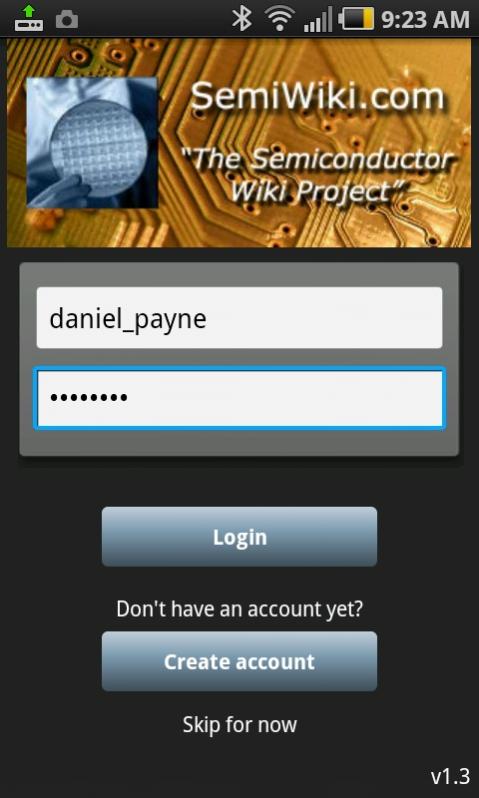
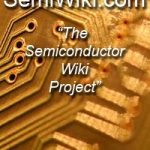

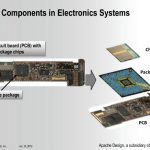
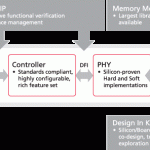

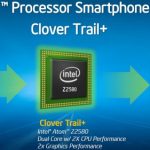



PDF Solutions Charts a Course for the Future at Its User Conference and Analyst Day